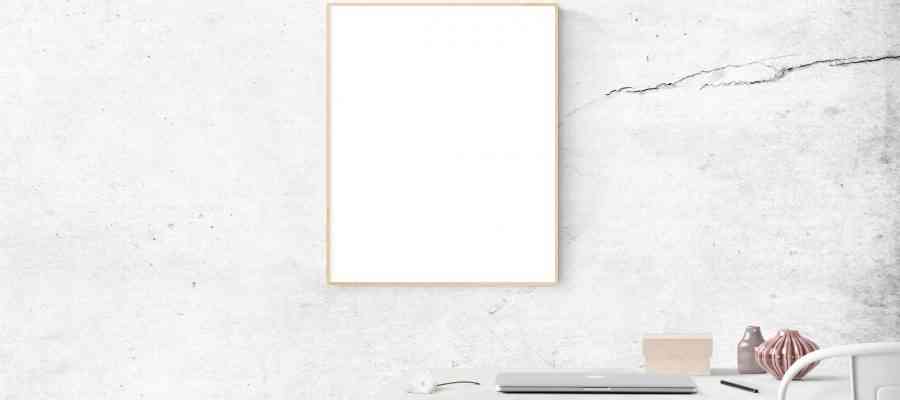Cleaning, Disinfection, and Sterilization are three integral aspects of infection control. These three concepts are used often alongside each other. How are they different from each other?
Let’s explore the meaning, methods, and applications behind each concept.
What is Cleaning?
Cleaning is the process of removing visible dirt and grub on surfaces and objects. Surfaces should be free from debris such as food, dirt, feces, blood, and saliva. Cleaning simply removes foreign materials from surfaces. Debris can contribute to multiplying bacteria and viruses. Cleaning can be done through mopping, vacuuming, scrubbing, and wiping down with a cloth to remove dirt visible to the naked eye.
For cleaning to be effective, there are two main elements: friction and fluid. Friction can be achieved through different methods such as scrubbing, rubbing, or wiping down surfaces. The fluid is usually a soap and water solution used with friction.
What are the different cleaning agents?
Cleaning agents or cleaning solutions are used to clean and remove dirt. They aid in removing visible germs and bacteria. They can either be in the form of liquid, powder suspended into liquid, sprays, or granules. Cleaning is done to prevent the spread of dirt and contaminants from one surface to another. It also removes stains and bad odour caused by germs and bacteria.
Which comes first, cleaning, disinfection, or sterilization?
Cleaning should always come first before disinfection and sterilization. Why? Inorganic and organic materials that remain on surfaces or objects can block the effectiveness of disinfection and sterilization processes. Thus, a disinfectant cannot thrive on dirty surfaces.
What is Disinfection?
The process of disinfection eliminates pathogens and organisms present on surfaces and objects. These are microorganisms that cause health risks. It destroys the cells of microbes and prevents their growth.
There are different kinds of disinfectants. The most widely used is chlorine bleach or a solution of hypochlorite. This solution is effective against most microorganisms in healthcare settings, most especially. These are effective in killing viruses and bacteria such as staphylococcus, fungi, and hepatitis B and C.
However, disinfection does not kill all microbes. Between cleaning, disinfection, and sterilization, the last one does the most effective job in completely destroying these microbes.
What is sterilization?
Lastly, sterilization eliminates or kills all forms of life of viruses, bacteria, fungi, and spores. There are different ways to apply sterilization.
One is through applying chemicals, heat, irradiation, filtration, high-pressure heat, or a combination of all.
When is sterilization used?
Sterilization is often used in the healthcare setting, among hospitals, clinics, dental clinics, surgery rooms, and others. Each establishment requires a certain level of cleaning, disinfection, and sterilization. The staff should be trained with the proper methods and applications, especially on high-touch surfaces such as chairs, bed rails, phones, keyboards, toilets, and others. These high-touch surfaces should be cleaned and disinfected regularly.
Saniservice offers premium sanitization and disinfection in various sectors including healthcare. We utilize hospital-grade disinfectants that are safe and effective in eliminating 99.9999% of bacteria and viruses.


